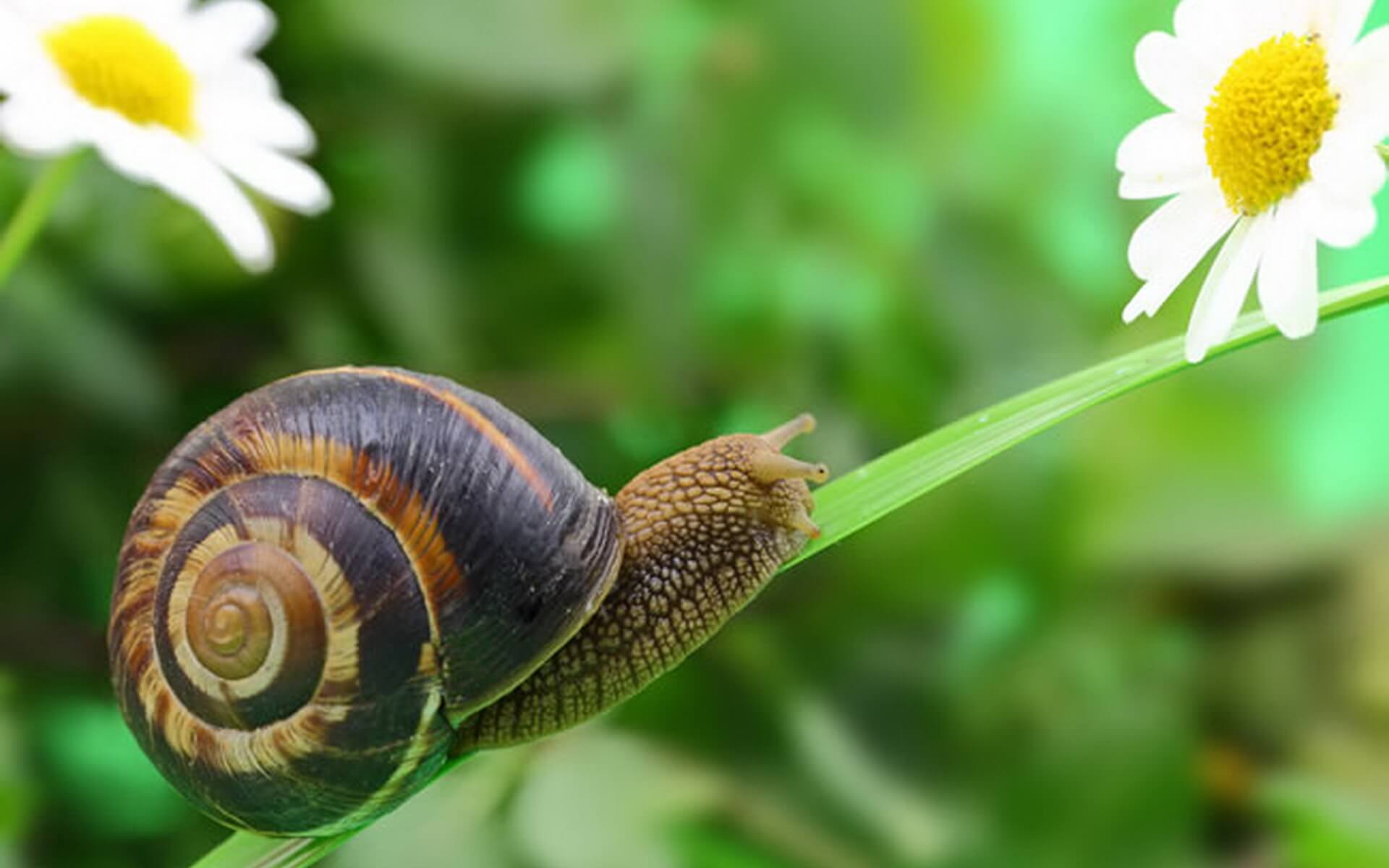Lumache is a fascinating delicacy that has captivated the palates of food enthusiasts worldwide. Originating from Italy, this dish showcases the beauty of using snails in gourmet cooking, turning what might seem like an unconventional ingredient into a mouthwatering treat. The preparation and presentation of lumache not only highlight the culinary skills of chefs but also offer a unique dining experience that many are eager to explore. When prepared with care and attention to detail, lumache can transport diners to the charming landscapes of Italy, where this dish has been enjoyed for centuries.
In recent years, lumache has gained popularity in various culinary circles, with chefs experimenting with different flavors and textures while staying true to traditional recipes. The versatility of snails allows for various cooking methods, leading to innovative dishes that delight the senses. From classic garlic and parsley butter to adventurous spice blends, lumache is a dish that invites creativity and passion in the kitchen.
As more people become curious about this delicacy, the question arises: What makes lumache so special? This article delves into the history, preparation, and cultural significance of lumache, exploring why this dish continues to be a favorite among food lovers. Whether you’re a seasoned gourmand or a curious newcomer, understanding lumache can enhance your appreciation for this exquisite culinary art.
What is Lumache and Where Did It Come From?
Lumache, which means "snails" in Italian, is a dish that dates back to ancient times. Snails have been a part of Mediterranean cuisine for centuries, and their inclusion in dishes reflects the region's rich culinary heritage. The use of snails in cooking allows for a unique flavor profile, often enhanced by various herbs and spices. In Italy, lumache is traditionally prepared with garlic, parsley, and butter, creating a dish that is both aromatic and savory.
How is Lumache Prepared?
The preparation of lumache can vary, but the fundamental steps typically include the following:
- Cleaning the Snails: Snails must be purged and cleaned thoroughly to remove any impurities.
- Cooking the Snails: They are often boiled briefly before being sautéed with garlic, parsley, and butter.
- Presentation: Lumache is usually served in its shell or on a bed of sauce, garnished with fresh herbs.
- Serving: It is often paired with crusty bread or served as a part of a larger antipasto platter.
What Are the Health Benefits of Eating Lumache?
While some may hesitate to try lumache, it is important to recognize the health benefits associated with consuming snails. Lumache is typically low in calories and high in protein, making it a nutritious option for those looking to enjoy gourmet dishes without compromising their dietary goals. Additionally, snails are a good source of vitamins and minerals, including:
- Vitamin B12
- Iron
- Magnesium
- Zinc
Are There Different Varieties of Lumache?
Indeed, lumache can be prepared in various styles depending on regional preferences and personal tastes. Some popular variations include:
- Lumache alla Bourguignonne: A French-inspired version that features snails baked in a garlic-herb butter.
- Spicy Lumache: Incorporating chili flakes or hot sauce for a zesty kick.
- Vegetarian Lumache: Using mushrooms or artichokes instead of snails for a similar texture.
Who Enjoys Lumache?
Lumache is popular among food enthusiasts, adventurous eaters, and anyone looking to experience authentic Italian cuisine. It is often featured in fine dining establishments and upscale restaurants, where chefs showcase their skills and creativity. Many people enjoy lumache for its unique flavor and texture, making it a delightful addition to any culinary repertoire.
What Cultural Significance Does Lumache Hold?
In Italy, lumache is more than just a dish; it is a cultural symbol of tradition and family gatherings. Snail dishes are often prepared for special occasions and celebrations, bringing people together around the table. The act of sharing lumache can foster a sense of community and connection, reinforcing the importance of food in Italian culture.
What Should You Know Before Trying Lumache?
If you're considering trying lumache for the first time, here are a few tips to enhance your experience:
- Choose Quality: Look for reputable restaurants or sources that serve fresh, high-quality snails.
- Be Open-Minded: Approach lumache with an adventurous spirit; you may be pleasantly surprised!
- Pairing Options: Consider pairing lumache with white wine or a light-bodied red to complement the flavors.
Is Lumache Worth the Hype?
Ultimately, whether lumache is worth the hype depends on personal taste preferences. For those who enjoy trying new and exotic foods, lumache can be a delightful culinary adventure. As more people discover the unique flavors of this dish, it continues to grow in popularity, proving that sometimes the most unexpected ingredients can lead to unforgettable dining experiences.
In conclusion, lumache is not just a dish; it is an experience, a journey through the rich culinary landscape of Italy. From its humble origins to its status as a gourmet delicacy, lumache continues to enchant food lovers around the world. Whether you are savoring it at a fine restaurant or preparing it at home, lumache invites you to embrace the adventure of exploring new flavors and traditions.


